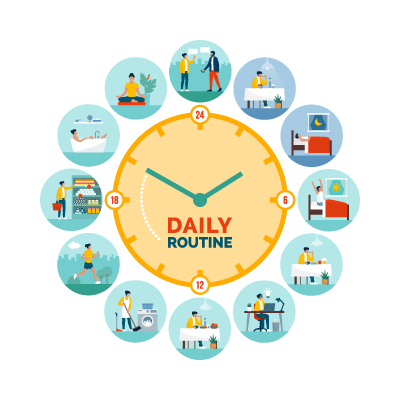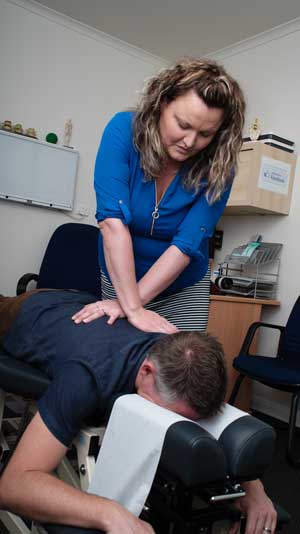9 Tips to help you transition back into Work after the Holidays
As early December rolls around, anticipation for the holiday season builds. Amidst the frenzy of shopping, work-related Christmas gatherings, and the rush leading up to the big day, many of us find ourselves barely holding on.
Suddenly the year seems to pass by in the blink of an eye. As we bid farewell to another year, we eagerly anticipate the chance to unwind and reconnect with loved ones during some well-deserved time off.
Yet, before we realize it, the holiday break is over, and it's back to the routine of work or school. It's time to readjust, re-establish healthy habits, and gradually ease back into our daily schedules.
For some of us, this can be a huge challenge or we underestimate the effect it can have on our mental health.
Consider the following factors to help you ease back into the work routine again:

1. Understanding the Challenge
It's natural to feel a sense of reluctance or even anxiety when returning to work or school after a break. We've all been there. It can be an abrupt shift from leisurely days to a sudden change in pace and increased responsibilities.
Recognising these emotions is the first step towards effectively managing them.
2. Reflecting on the Break
Don't be afraid to reflect on the positives of your break - who did you see, where did you go, what did you do?
What activities made you happy and relaxed?
Harness that positive energy to plan activities for any future leisure time you may have.
3. Setting Realistic Expectations
Don't try to do too much. Avoid putting too much pressure on yourself to accomplish tasks at your typical pace. Slowly integrate your regular activities so your body can adjust.
It's normal to take time to re-adjust.

4. Create a Transition Plan
Prior to returning back to "normal", you can start to outline some responsibilities awaiting on your return. Break them down into manageable steps to alleviate feelings of overwhelm and ensure a smoother reintegration.
5. Reestablishing Routines
Routines provide structure and stability, aiding in the transition process. Whilst we have already mentioned to try not to do everything at once and to start small, try to reestablish more most important daily routines, including sleep schedules, meal times, and exercise habits.
6. Time Management Strategies
Effective time management is a great way to keep on top of your work tasks. If you can plan and see how you can get everything done, then it can help remove some the overwhelming feelings of returning back to a busy schedule. Use tools like calendars and to-do lists to organize tasks and maximize productivity. Prioritise tasks based on importance and deadlines.

7. Setting Goals
Set realistic goals to stay motivated. Whether it's completing projects or improving your health, having clear objectives provides direction and purpose. Our practitioners are musculo-skeletal therapists trained to help you set your health goals.
8. Staying Flexible
This may sound contradictory to the previous points but once you set goals, unforeseen obstacles can get in the way and affect your goals. Remain adaptable to changes that may arise. Flexibility is key in navigating unexpected challenges, allowing you to adjust your plans as needed.

9. Self-Care
Prioritize self-care, especially during the initial stages of returning to work.
Ensure you:
- Get enough rest
- Maintain a balanced diet
- Reduce alcohol intake
- Exercise - great for physical and mental health
- See your health practitioner!
As you transition back into your routine, remember that Brunswick Chiropractic is here to support your holistic well-being every step of the way.
Welcome back, and here's to a healthy and happy 2024!

